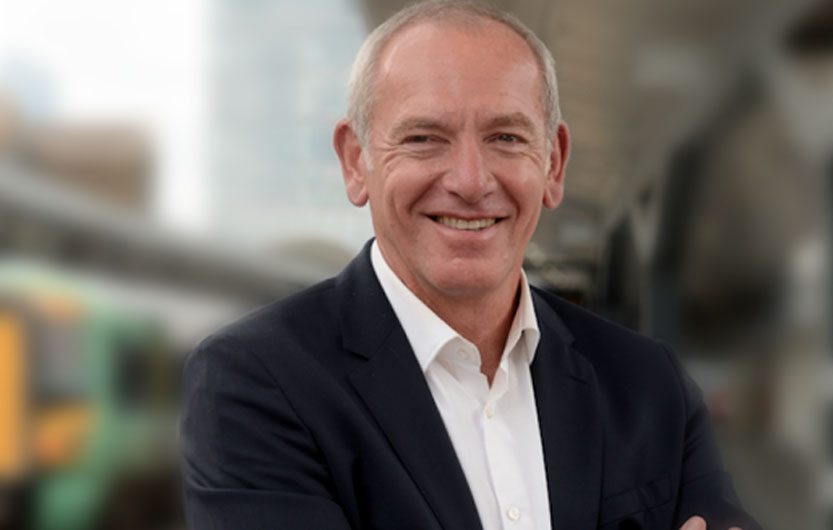
While there are many open-ended questions on the post-Covid demand from commuting and business travel, the poor level of service reliability that we delivered to our customers over the last few years made abundantly clear the impact that operating at full or close to full capacity had. Without developing and implementing new solutions to optimise train operations, the effect of any perturbation will remain significant and recovery to normal service challenging and time consuming.
Construction of HS2 will help to ease capacity pressure on the East and West Coast Mainlines, but that will take some time to deliver, and does not help in other parts of the country. In order to meet passengers’ expectations of reliable services and cater for a changing demand, more effective, reliable and agile ways of utilising the existing capacity must be put in place.
Capacity can be used more efficiently for the benefit of passengers and freight customers through better planning processes, better on-the-day management, and by improving the performance of the assets that are the key determining factors: junctions, stations, track blocks, trains and platforms. Improving the performance of each of these components individually will help, but greater gains will be achieved with a whole-system approach. This whole-system thinking is a must if we are to deliver a reliable timetable today and a more agile and adaptable train service tomorrow.
Delivering optimised train operations starts with a more effective approach to the development of the working timetable enabled by improved data, processes and technologies. Capabilities and solutions are within reach to allow us to move toward more demand-based operations where the planning and re-planning of trains is agile and robust.
Improved real-time operations and decision making is key for quality of service both on ‘a good day’ and during disturbances. New powerful computing tools are increasingly being employed to create virtual systems which can be used to model the real world and investigate the impact of changes. Informed by rich real-time data, these tools can now be used to model railway operations, develop new insight on perturbation management including underlying pinch-points and propagation dynamics, and evaluate the effects of operational measures and changes to the timetable ahead of their introduction.
Modern trains have more effective, more controllable brakes and better acceleration than their predecessors, but will continue to operate on a mixed-traffic railway. Though there is potential for higher route capacity and performance improvement, these improvements will not be realised unless the train control systems, planning systems and the operating practices are adjusted to optimise journey times and coordinate train paths.
To successfully deliver against the vision for this priority, there is a lot to be done. Much centres around the deployment of novel technologies and the development of emerging ones, but this is not just a technology-based transformation. In GTR and our ATO partners we continue to learn lessons on the deployment of this technology, and one thing is certain: there is much more to making ATO a success than the technology.
It is about smooth integration with signalling, new approaches to driver training, the level and spread of digital skills a company needs, and new ways to bridge the silos between different domains of railway knowledge, to name only a few aspects.
Highly technical and sophisticated solutions to optimise train operations offer unprecedented opportunities, but we also need solutions that bring simplicity and agility to the way we operate the railway to deliver greater benefit to the customer more quickly.


